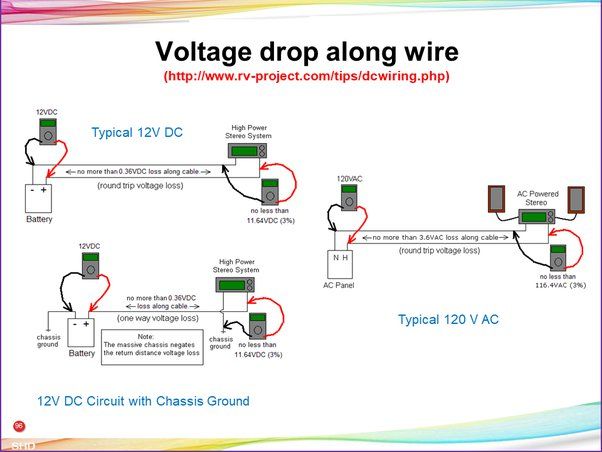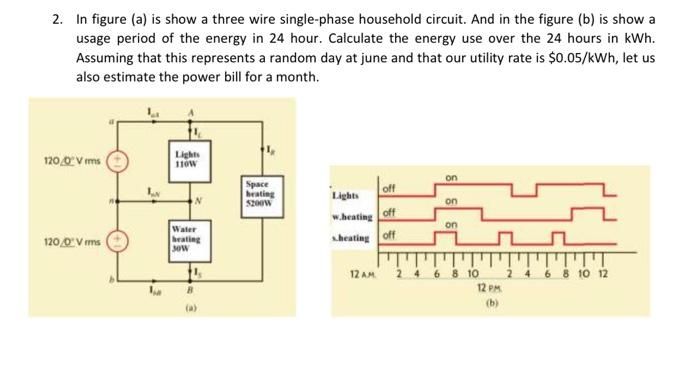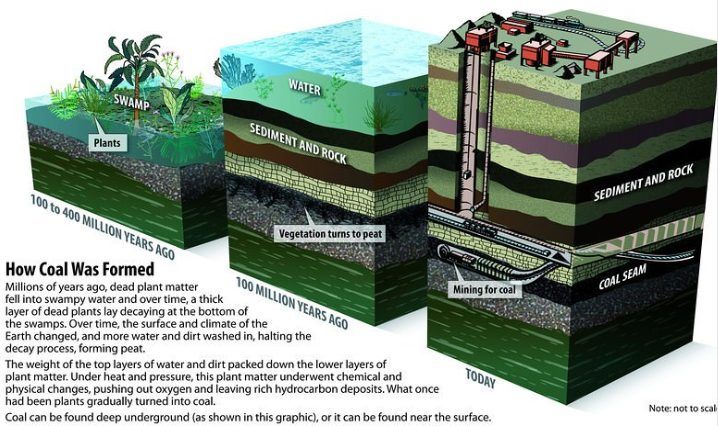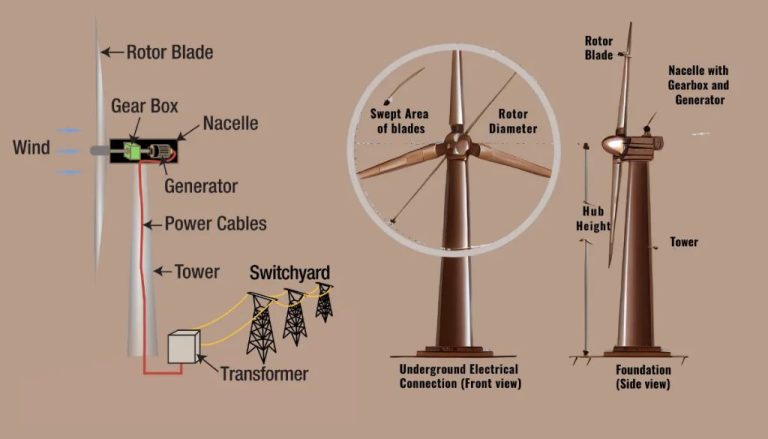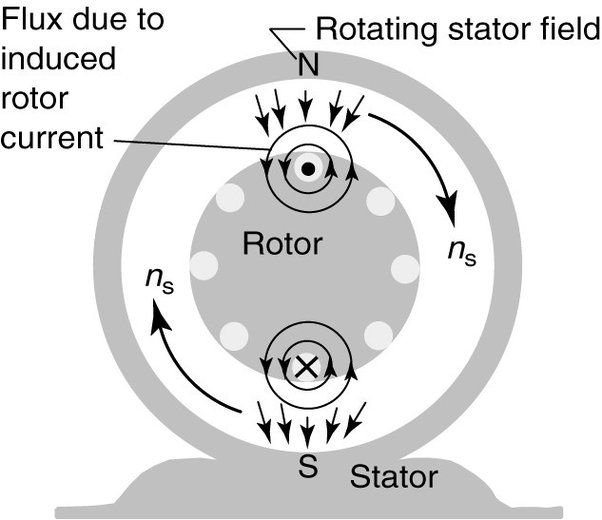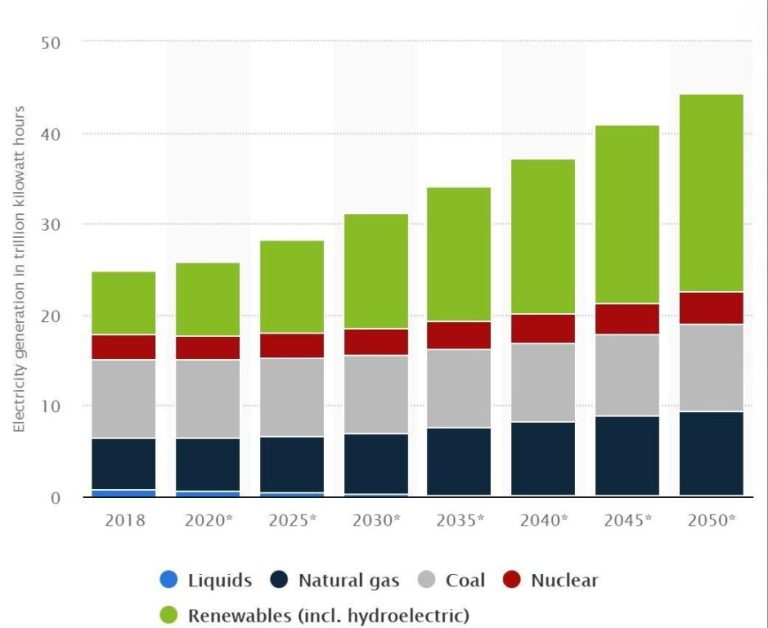What Is The Electricity That Is Moving?
What is Electricity?
Electricity is the flow of electrons. It is a form of energy that can build up in one place or flow from one place to another. Electrons are tiny particles found in all matter. When electrons move from one place to another, electricity is created.
Electricity can be generated through friction, batteries, generators, and other means. For example, when certain materials are rubbed together, electrons can be transferred from one material to another, creating an imbalance of electric charge. This static electricity can build up or discharge in the form of an electric current or spark.
Batteries contain chemicals that react together to produce electrons, generating electricity. The electrons flow through the battery to power devices. Generators use mechanical energy like wind or steam to spin magnets near copper coils, inducing a flow of electrons in the coils and producing electricity.
So in summary, electricity refers to the overall phenomenon of electric charges in motion. This electric current or flow of electrons can be produced through various means and used to power many essential devices in our lives.
Electric Current
Electric current refers to the flow of electric charge. It is the movement of electrons through a conductive path like a wire or circuit. Electric charges in motion constitute an electric current.
Electric current is measured in amperes or amps, named after French physicist André-Marie Ampère. One ampere is defined as one coulomb of charge passing a given point per second. Electric current is generated by the flow of negatively charged electrons. In metals like copper, electrons are loosely bound and can move freely, allowing electric current to flow easily.
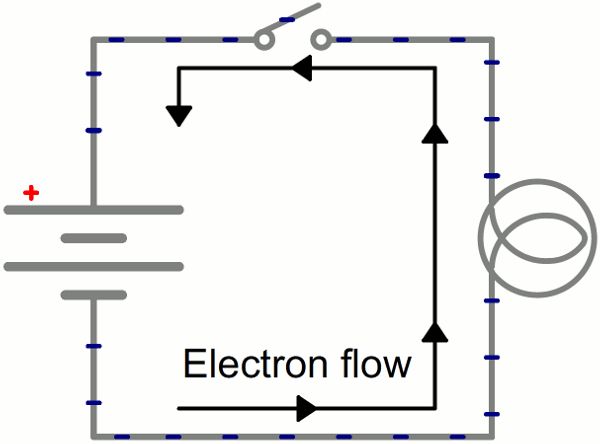
The greater the electric potential difference between two points in a circuit, the greater the electric current, assuming the resistance remains constant. Using water flow as an analogy, voltage is equivalent to water pressure, while current is the water flow rate. Greater water pressure leads to higher flow.
Direct current (DC) flows continuously in one direction. Alternating current (AC) changes direction periodically. Most household appliances run on AC current that reverses direction 50 or 60 times per second. Electric current powers devices by transferring energy to accomplish mechanical work, produce light, generate heat, etc.
AC and DC Current
Electricity comes in two main forms: alternating current (AC) and direct current (DC). The difference between AC and DC lies in the directionality of the flow of electrons.
With direct current or DC, the electrons flow in one direction only from the power source through the electrical circuit to the device then back to the source. The voltage in DC current remains constant.
In contrast, alternating current or AC constantly changes direction back and forth. The electrons flow from the power source through the circuit to the device and back again. The voltage level also alternates between positive and negative.
Most of the electricity that is generated and distributed by power companies uses AC current. The changing direction allows AC power to be transmitted at high voltages over long distances more efficiently than DC. AC also can be converted to different voltages more easily using a transformer.
Conductors and Insulators
Electricity requires materials that allow electrons to flow in order to create a current. Materials fall into one of two categories based on their reaction to electrical current – conductors and insulators.
Conductors allow electricity to pass through them easily. Metals like copper and aluminum are good conductors. Their atomic structure allows electrons to flow freely when electrical voltage is applied. This makes them ideal for wires that need to transmit electricity.
Insulators resist the flow of electricity. Materials like plastic, rubber, and glass have tightly bound atoms that don’t allow free electron flow. This makes them useful for protecting against accidental electric shocks. Insulators can coat conductors and prevent people from making contact with live wires.
Understanding conductors and insulators is key to harnessing electricity safely and effectively in many applications. Selecting the right materials as conductors or insulators is critical for controlling the flow of electrical current.
Voltage
Voltage, also known as electric potential difference, refers to the amount of potential energy between two points in an electrical circuit. It is measured in volts. Voltage indicates the amount of potential energy available to do work in a circuit.
Voltage can be thought of as electrical pressure. Higher voltages can provide more electrical force to move electrons through a circuit. Lower voltages provide less electrical force.
For example, a typical AA battery provides 1.5 volts, while the standard U.S. wall outlet provides 120 volts. The higher voltage from the wall outlet allows more power to be transferred than the lower voltage from the AA battery.
Voltage is analogous to water pressure in a pipe. Just as higher water pressure allows more water to flow, higher electrical voltage pushes more electrons through a circuit. Voltage is an essential concept for understanding how electricity powers our devices.
Resistance
Resistance is the opposition of flow of electric current. When an electric current flows through a conductor, such as a wire, it encounters friction that opposes the current flow. This opposition to current flow is called resistance. Resistance is measured in ohms, represented by the Greek letter omega (Ω).
Materials like metals have very low resistance, allowing electricity to flow easily. Insulators like rubber, glass and air have extremely high resistance, blocking the flow of electricity. Resistance also depends on the physical properties of the conductor, including its length, cross-sectional area and temperature. Longer and thinner conductors have higher resistance than shorter, thicker conductors made of the same material. Resistance increases with temperature in metals and decreases with temperature in semiconductors.
Resistance limits the amount of current that can flow through a component. It converts electrical energy into heat energy. Components like resistors and heating elements exploit this property to generate heat or limit current in a circuit. Understanding resistance is crucial for designing safe and efficient electrical systems and components.
Electric Power
Electric power refers to the rate at which electric energy is transferred by an electric circuit. It is measured in watts, which is defined as one joule of energy per second. The more watts, the more power is being used by a device or appliance connected to the circuit.
Some key things to know about electric power:
- Electric power depends on the voltage (force or “push” of electricity) and the current (flow of electric charge). Using the basic equation, power equals voltage multiplied by current (P = V x I).
- Higher wattage indicates more power. For example, a 60-watt light bulb uses less power than a 100-watt bulb.
- The wattage rating on appliances and devices shows their power consumption. Higher wattage devices use more electric power.
- Utility companies measure electric power in kilowatt-hours (kWh), which equals 1,000 watts used for one hour. This allows them to bill for energy use over time.
- Electric power is generated at power plants and distributed through transmission and distribution lines to homes and businesses.
In summary, electric power refers to the electric energy consumption rate of a circuit or device. Wattage ratings give a convenient way to compare power usage across many types of appliances and equipment.
Electrical Safety
When working with electricity, proper precautions must be taken to avoid shock and electrocution. All electrical systems should be properly wired and grounded. Equipment should be plugged into circuits protected by fuses, circuit breakers, or ground fault circuit interrupters (GFCIs). Wiring and cords should be kept in good condition, free of fraying and exposed wires. Electrical work should only be performed by qualified electricians.
Water is an excellent conductor of electricity and should be kept away from electrical systems. Heaters, appliances and other electrical devices should never be used near sinks, showers or pools. Hands should be dry when plugging in equipment or handling wires. Outdoor electrical tools and equipment should not be used in wet conditions.
The amount of current flowing through a person’s body determines the severity of shock. As little as 50-100 milliamps across the chest can cause life-threatening heart fibrillation. Amperes between 200-500 are usually fatal. To avoid electrocution, insulation, fuses, grounding and GFCIs should be properly implemented to break the circuit if abnormal current flows are detected. Proper shoes should be worn when working around live electrical systems. Jewelry should be removed to prevent current from traveling through conductive metals. Electricity should always be treated with caution and respect.
History of Electricity
Ancient peoples were aware of electricity from things like static shocks. In the 17th century, researchers began to experiment more intentionally with electricity, especially static electricity produced by friction. For example, Otto von Guericke created the first electrostatic generator in 1660 by rotating a ball of sulfur. Other scientists like Stephen Gray and Benjamin Franklin experimented with electricity, discovering conduction and things like positive and negative charge.
In 1800, Alessandro Volta invented the voltaic pile, an early battery that produced a steady electric current. This paved the way for more experimentation and discoveries by Hans Christian Ørsted, Andre-Marie Ampere, Michael Faraday and others. Faraday discovered electromagnetic induction in the 1830s, showing that moving a magnet inside a coil could produce electricity.
These principles were then used by inventors to create new electrical devices. In the late 1800s, Thomas Edison patented the long lasting incandescent light bulb. Nikola Tesla pioneered alternating current (AC) electricity and AC motors. Other inventors created the electric generator, telegraph, electric motor, and public electricity networks.
Electricity in Daily Life
Electricity powers the appliances, devices, and infrastructure that we rely on in our everyday lives. From the moment you wake up and turn on the lights, electricity is powering your day.
You likely start your morning by turning on electric lights, brewing a cup of coffee or tea with an electric kettle, and cooking breakfast on an electric stove. Electricity keeps your food cold in the refrigerator and freezer. You may dry your hair or charge your phone with electricity.
Heading out the door, you probably lock the door with an electronic keypad lock and get in your car that starts thanks to an electric battery. Traffic lights and street lamps line your commute, powered by electricity.
At work or school, you rely on electricity to power computers, printers, lights, heating and cooling systems, security systems, and more. Electricity keeps elevators running to reach upper floors. Kitchen appliances allow you to heat up lunch. Electronic devices like phones, tablets, and laptops enable productivity and connectivity.
At home in the evening, electricity powers your television for entertainment, your microwave to cook dinner, your washer and dryer to clean clothes, and your WiFi router to connect to the internet. You can enjoy hobbies like video games, sewing machines, power tools and more thanks to electricity.
Behind the scenes, electricity powers infrastructure like the pumps that bring fresh water to your faucets. It runs manufacturing plants that produce goods you buy. The internet and telecommunications rely heavily on electricity.
In short, modern life as we know it would not be possible without harnessing the power of electricity. It enables productivity, connectivity, convenience, entertainment, and comforts that we often take for granted in our daily lives.

